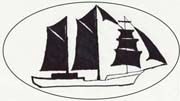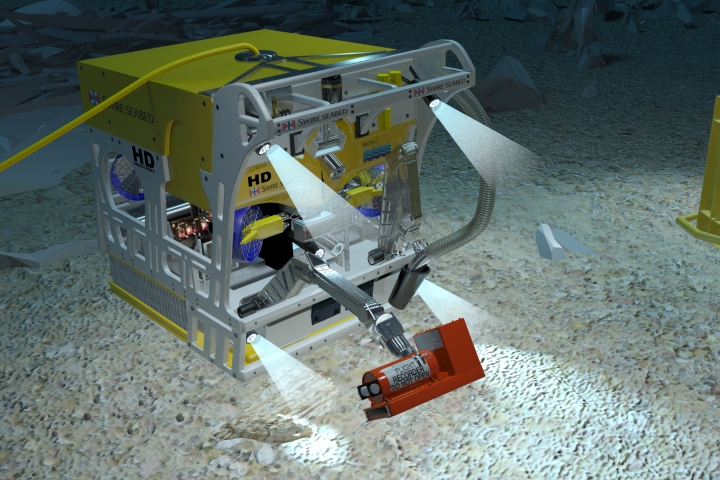
A voyage from England to Australia to deliver stores and convicts turned into an arduous journey on a badly damaged ship. The British Royal Navy’s HMS Guardian was a two-decker, 44-gun Roebuck-class built for war but never saw any action. Launched in March 1784, she missed taking part in the American War of Independence and instead was laid up for several years until it was decided to make her into a store and convict transport vessel.
Lieutenant Edward Riou became her commander in April 1789 and was ordered to deliver a variety of items, including plants, livestock and farm machinery as well as several convicts bound for Botany Bay. Leaving Spithead near Hampshire, England on September 8 with more than 300 people onboard, the ship arrived at the Cape of Good Hope on November 24 where Riou stopped to take on more stores. All had been well to that point.
In mid-December, Guardian began the next part of the journey to New South Wales. An iceberg was sighted just before Christmas and Riou thought it a good idea to obtain fresh water since the many plants and animals aboard were going quickly going through it. Navigating as close as possible to the iceberg, the ship’s boats were taken to the frozen mass to gather ice. Night fell as the task was completed. But a fog quickly surrounded the ship.
Over the next few hours, the ship and the iceberg played a taught game of cat and mouse. Despite the efforts of the lookouts on the bow and in the rigging, and Riou’s efforts to slowly move the ship out of harm’s way, a sudden gust of wind put the vessel into a tailspin with the iceberg, leaving the stern with a huge hole and the rudder damaged. The pumps were manned through the night but by midnight, there was over six feet of water in the ship’s hold. In the early dawn, the crew were charged with the order to fother the damaged hull with an oakum-packed studding sail, which they hoped would seal the leak. But the sail wasn’t able to withstand the water pressure and soon split apart.
In fear for their lives, many of the crew asked to take the ship’s boats and leave Guardian but Riou denied their request, ordering another fother attempt which also failed. By evening the ship was at the mercy of the water levels in the hold. While Riou jettisoned some of the cargo, including livestock, it was no use. The sails had been torn apart by a gale and the ship was sinking by the stern.
Riou then gave permission to several of the crew as well as the convicts to depart in the ship’s five boats; 259 people in total. Riou was left with a small compliment of his crew and the remaining passengers. Sixteen feet of water was now in the ship’s hold and many of the casks that had broken loose were bobbing up and down. Riou gave the order to seal the deck hatches to increase the ship’s buoyancy and once more attempted to fother the hull. It was time to get underway with whatever sail he could muster and the continuous manning of the pumps.
The beleaguered ship sailed for nine weeks back to the Cape of Good Hope and to eventual safety, an amazing feat of endurance. HMS Guardian was later wrecked by an April gale but all aboard survived. Only 15 people who went off in the ship’s boats survived. Fourteen of the 21 convicts were pardoned for their service to Riou in the wake of the ship’s disaster.
Text source: Wikipedia under Creative Commons licence.
Photo credit: Wikipedia public domain image.
© Copyright Vince Capone 2014


